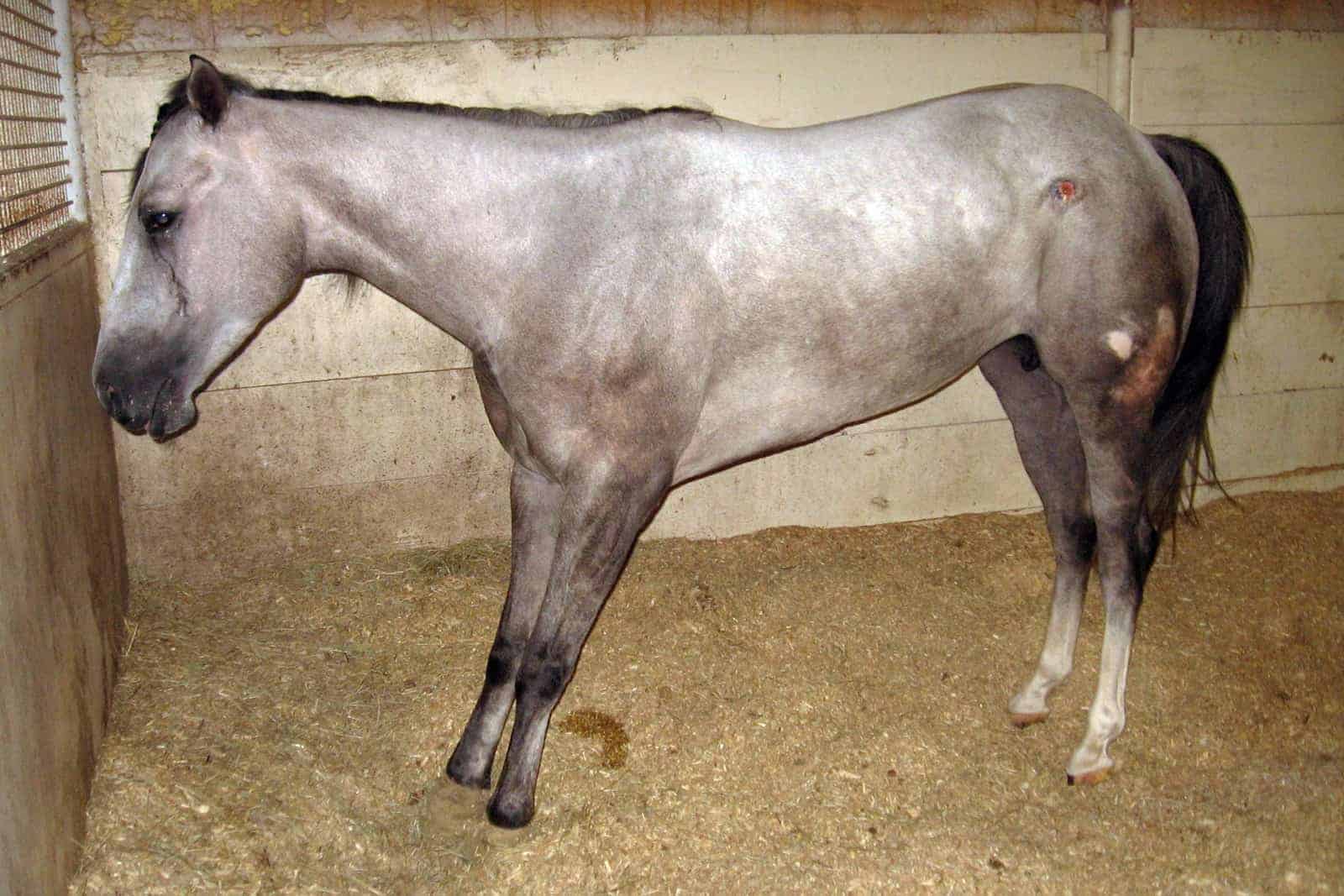Well-Timed Tenotomy Can Save Laminitic Horses’ Lives

By cutting the DDFT through an operation called a tenotomy, veterinarians can stop one of the forces that pulls on the coffin bone during laminitis, a hoof disease in which the laminae, or tissues suspending the coffin bone within the hoof capsule, become damaged and inflamed. But the procedure is only effective if practitioners take advantage of a narrow “window of opportunity”—specifically, before the foot loses so much blood flow that it becomes permanently damaged, said Raul J. Bras, DVM, CJF, APF, an equine veterinarian, podiatrist, and certified farrier at Rood & Riddle Equine Hospital in Lexington, Kentucky.
“The fastest way to restore forces at play during a laminitic episode is to perform a tenotomy, but if we don’t make decisions soon enough, we put ourselves in a position that sets us up for failure,” Bras said during his presentation at the 2020 American Association of Equine Practitioners’ Convention, held virtually.
A critical tool, he said, is the venogram, a contrast study image using radiographs that allows practitioners to evaluate areas of compromised blood supply due to coffin bone displacement. With laminitis, proper blood flow can get interrupted, causing permanent tissue damage. The consequences (e.g., lameness and poor hoof growth) often only become visible six to eight weeks later. And by that time, he said, it’s generally too late to try to fix the problem with a tenotomy.
“The venogram can be your weather forecast of what’s coming ahead,” said Bras. “You’ve got to jump ahead and act while you can.”
In a healthy foot, the DDFT and the laminae work in opposing forces to create a balance that holds the coffin bone in place, he said. But when the laminae weaken during laminitis, the DDFT continues to pull, leading eventually to “sinking,” in which the coffin bone rotates down through the sole of the foot, usually requiring euthanasia. Clipping the DDFT relieves the coffin bone of that force and lets the bone return to its proper place in the foot, while also allowing blood flow to restore to a healthy state within the foot.
A tenotomy must be timed precisely with therapeutic shoeing to get the coffin bone immediately back to its correct angle with the ground, he added. “The timing of the DDF tenotomy and realignment is critical,” Bras said. “I don’t know how to stress that enough. You don’t want to wait until the damage is beyond, because then it’s like swimming against the current—and it’s not an easy one.”
In fact, he said, poor timing of both the tenotomy—with respect to vascularization (blood supply) of the foot—and therapeutic shoeing probably account for the vast range of success rates provided in scientific studies over the past 40 years. “You can’t just wait and see what happens, or you’ll miss your window of opportunity,” Bras said. “Timing is imperative.”
When the timing is right, and when rehabilitation follows a strictly defined veterinary protocol, horses can go on to live comfortable lives following a tenotomy, not only being pasture sound but also galloping and even returning to moderate level of work, Bras said.
DDFT tenotomy is a controversial treatment, but for people ready to commit the time and finances to it, and for horses that fall within the right “window of opportunity,” it can lead to a very favorable outcome, Bras said.

Written by:
Christa Lesté-Lasserre, MA
Related Articles
Stay on top of the most recent Horse Health news with















